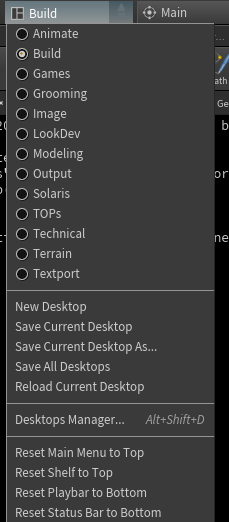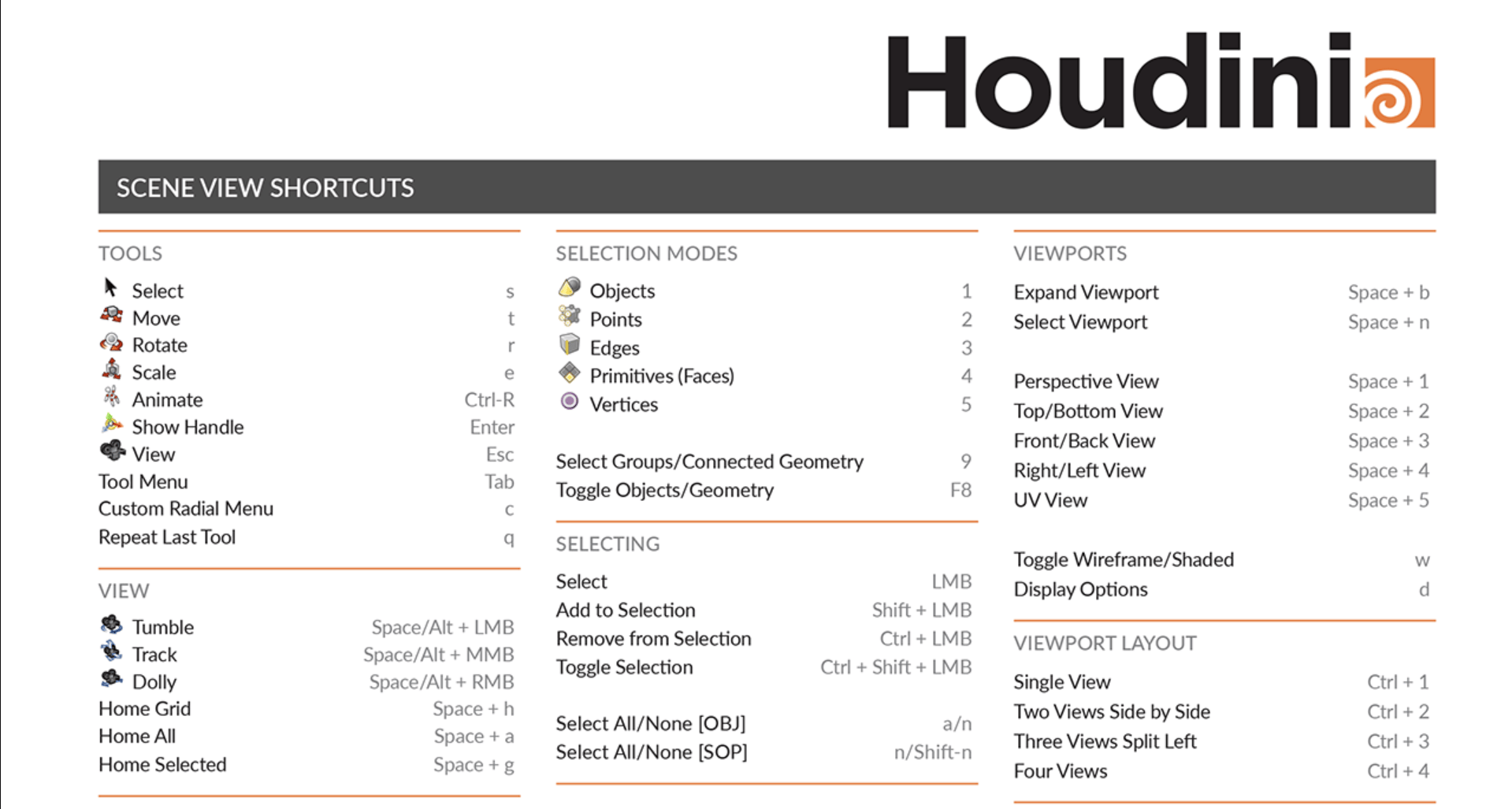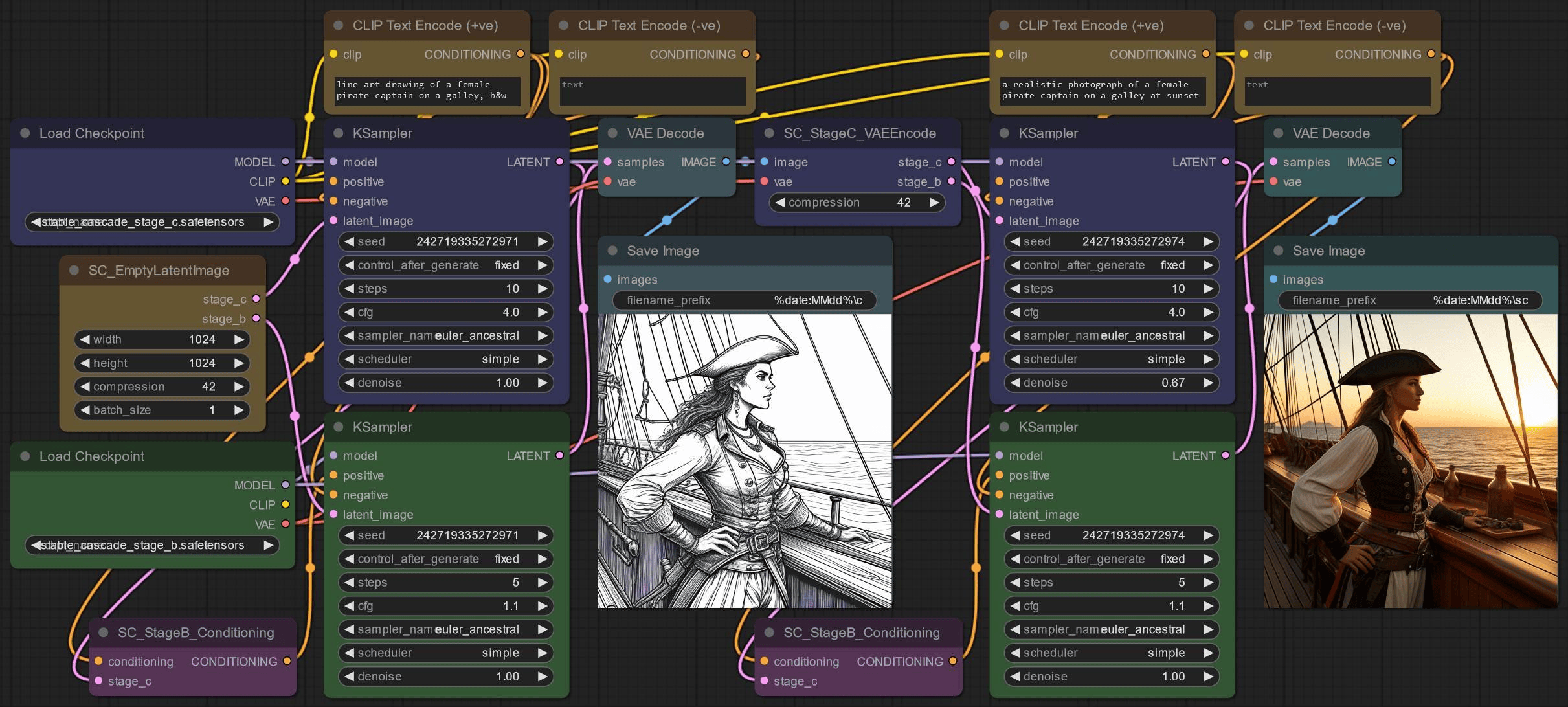Houdini代码块
Houdini代码块
lingyun获取选择的节点
1 | nodes = hou.selectedNodes() |
创建一个节点
1 | # 创建一个geo节点在obj层级下 |
修改节点参数
1 | # 修改一个box的x轴缩放 |
在节点的输出端创建节点
1 | node.createOutputNode("null") |
连接节点
1 | node.setInput(0, another_node) |
给节点赋予颜色
1 | color = hou.Color(0,1,0) |
设置节点渲染和显示的开关
1 | node.setRenderFlag(True) |
用户输入窗口
1 | # 单个输入行 |
节点位置
1 | # 获取 |
获取节点子级和父级
1 | # 子级 |
获取节点网格视图,获取光标位置
1 | pan = hou.ui.paneTabOfType(hou.paneTabType.NetworkEditor) |
在节点属性面板添加属性
1 | group = node.parmTemplateGroup() |
获取选中节点的primGroup数据
1 | primGroups = hou.selectedNodes()[0].geometry().primGroups() |
获取文件路径
1 | hou.hipFile.name() |
获取mantra节点的输出范围
1 | node = hou.selectedNodes()[0] |
创建面板工具
1 | # 获取当前桌面 |
根据组信息把模型筛选出来
1 | nodes = list(hou.selectedNodes()) |
给多个选择的节点创建switch节点
1 | color = hou.Color(0, 1, 0) |
评论
匿名评论隐私政策
✅ 你无需删除空行,直接评论以获取最佳展示效果









